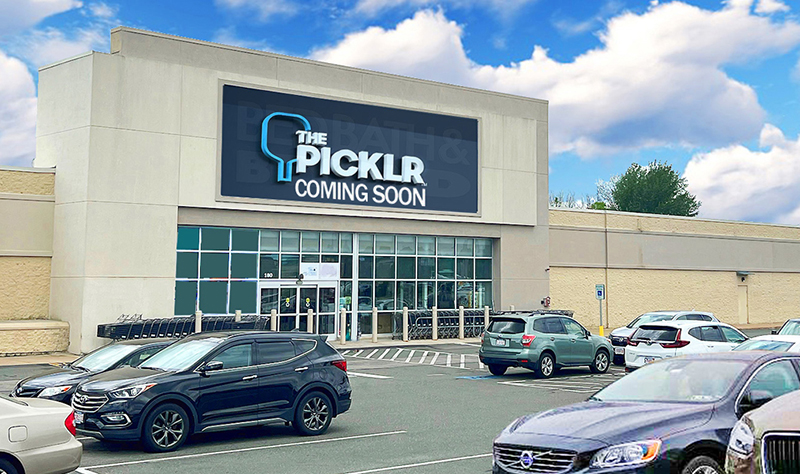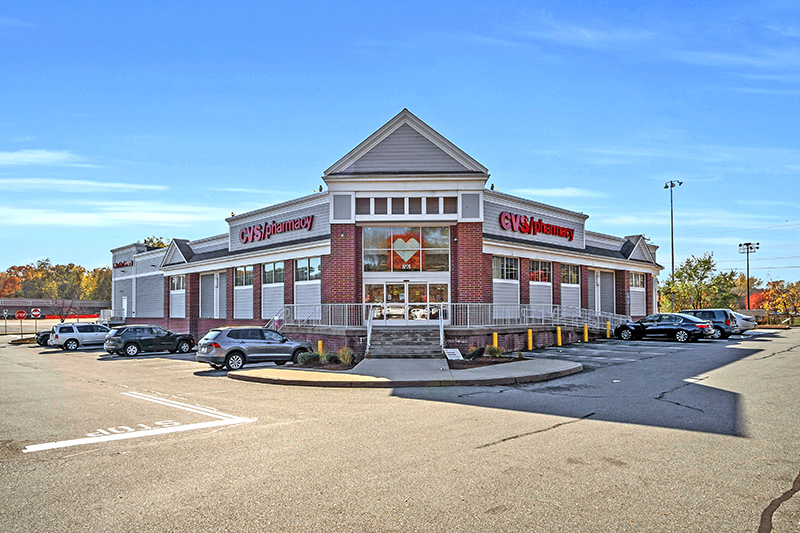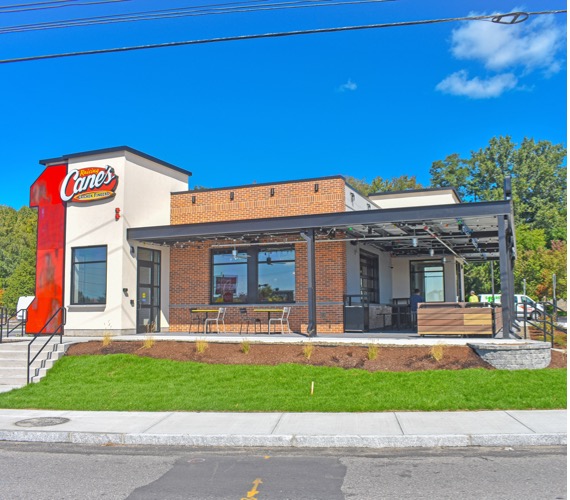Village centers and local retail: What the market wants - by Carol Todreas

Good news! Brick and mortar is alive and well. Many malls are coming back. Americans are flocking to Europe to walk, shop, eat, and enjoy much needed vacations. Visitors return and talk about the pleasures of walking and shopping in local shops in cities and towns all over Europe.
Why not bring part of the experience here where we live. This is the time to think about building neighborhoods that feature village centers where people can enjoy some of the pleasures found in Europe. Village centers abound in Europe, but here in the States the car replaced walking and village centers were largely interrupted by new streets for easy drive -through traffic. Now post COVID walking, local shops, biking, in essence a village center, are in demand and there is not enough supply. One reason is that a village center can function as the “third” place, different from home and work, the third place for enjoyment and relaxation. Village centers can be small or big but regardless of size they are both an active and passive place with retail and restaurants serving the local residential market.
Local retailers know well the neighborhood needs and wants, and can tailor merchandise and services to suit their clientele—especially for food and drink providing unique places for all meals including small space users such as cafes, ice cream parlors, and candy stores . Depending on size, some village centers succeed in supporting one neighborhood-sized grocer and a mix of small store formats with fitness studios and gyms, nail and hair salons, book stores, hardware, and general stores. The tenant mix can be broadened with an array of pop-up stores, food trucks, and farmers markets depending on location.
Great concept, but hardly available. Costs are too high and local retailers have little move-in or rent assistance from cities or developers. One thought is to figure out a way to build neighborhoods in neglected areas of towns and provide modified public transportation, like jitneys and shared rides to connect to rail systems. With cheaper land such development types should be more affordable.
While waiting for new builds there is great opportunity in retrofitting older car-focused neighborhood commercial centers. Making way for new local tenants when old ones leave can mean taking time to make the location more walkable and people oriented. Experiments in narrowing streets for wider sidewalks , chairs, tables, and benches have been successful for retailers in parts of Los Angeles and New York. Even at Times Sq., reports have been positive from retailers since the City took over much of the existing streets for pedestrians and street furniture. When the sidewalks become dominant the commercial location can become a village center with meeting places, small shops and other neighborhood activities. It becomes the starting point for a new look and is attractive to the new generation of tenants.
A few examples around Boston exist where commerce is local businesses and the location is walkable. While they are all different, they each have characteristics of a village center with local tenants: Hudson, Concord , and Chatham. Relatively new is Pine Hills in Plymouth, which has been building a village center as part of its development.
There are challenges to both building and retrofitting the old to become a village center, and this written piece is only the tip of the iceberg; however, it has now become fact that post COVID is a new era with new ideas about living, working, and recreation. While not easy to do and yes with obstacles and challenges along the way, it can and is being tackled because this is what the market wants. With its hybrid work/home life balance this is what once was and now is new again. Local retail has never been in as much demand.
Carol Todreas is a principal of Todreas Hanley Associates, Cambridge, Mass.
Mace of KeyPoint Partners negotiates 36,192 s/f lease for The Picklr at Endicott Square
Danvers, MA KeyPoint Partners (KPP) negotiated a lease with the nation’s premier indoor pickleball venue The Picklr at Endicott Sq. Vice president of retail brokerage Don Mace negotiated the transaction on behalf of the landlord.





.jpg)


.png)